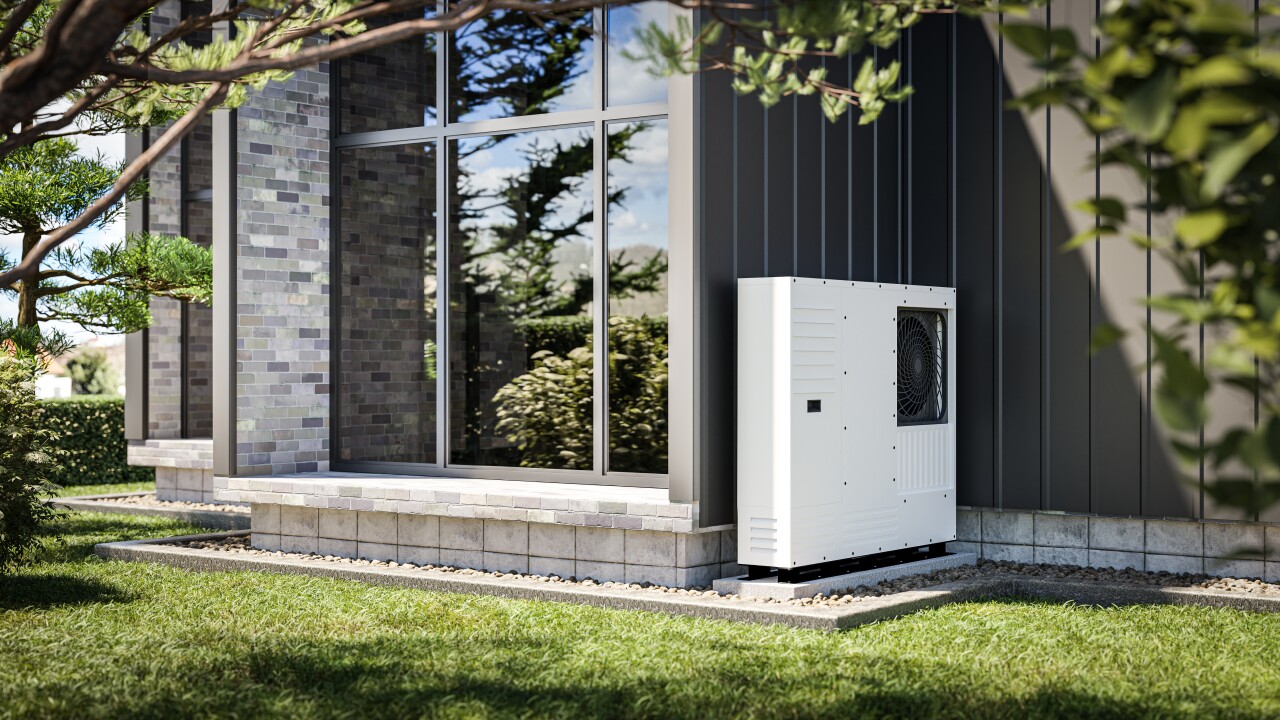In its latest effort to reach first-time homebuyers, Freddie Mac is launching a new 3% down payment program that casts aside a number of restrictions in its existing low down payment offerings.
The program, called HomeOne, doesn't have income caps or geographic limits like previous 3% down programs. But one of the borrowers on the loan must be a first-time homebuyer and the property type is limited to a one-unit primary residence.
Its current low down payment program, Home Possible, is capped at a 95% loan-to-value ratio, except for the Home Possible Advantage loan that goes to a 97% LTV. However those loans are subject to income limits.

Rising home prices continue due to inventory shortages is making it tougher to save up for a down payment, said Danny Gardner, Freddie Mac's senior vice president of single-family affordable lending and access to credit.
The Home Possible program has been well-received in the market since it launched about three years ago, Gardner said. But lenders found that Home Possible's guidelines "were so specific. [Borrowers] have to meet income thresholds; you have to meet thresholds based on certain geographies. And things change a lot during a loan transaction," he said, like a lender discovering additional income sources that would make a borrower ineligible for Home Possible. Another example: a spouse that originally wasn't going to be on the mortgage changing his or her mind.
"That caused a level of complexity for lenders and consumers to understand those nuances. By having a more broad-based product where the metric is whether or not you are first-time homebuyer makes those other if/then statements obsolete and lenders can be more confident promoting an option for borrowers," Gardner said.
Similar to Home Possible, lenders must use Loan Product Advisor to underwrite HomeOne mortgages. The loan must be fixed-rate and can't be "super conforming loan." It also can't be used for a cash-out refinance, second home or investment property. However, Freddie Mac officials did not specify any other underwriting requirements to mitigate the qualification differences between HomeOne and Home Possible.
There are very limited refinance situations permitted to use HomeOne (Home Possible can be used for refinance loans, but there has been very limited volume); current Freddie Mac borrower that were first-time buyers can refinance into a 97% LTV loan; or if the borrower has a community second mortgage and the lender agrees to subordinate the lien, Gardner said. Borrowers are required to obtain private mortgage insurance for HomeOne.
In January, the first-time homebuyer share of purchase loans at Freddie Mac and Fannie Mae was 48.1%, the highest level since the turn of the century, according to Urban Institute estimates. Over the same period, the Federal Housing Administration share of first-time buyers remained relatively flat in the 80% range; in January it was 82%. The combined GSE and FHA share in January was 58.9%.
A separate study by private mortgage insurer Genworth found
"When I joined Freddie Mac three years, that was one of the issues everybody was concerned about, was whether or not millennials would be given the opportunity to purchase homes, whether or not they wanted to purchase homes and why were we not seeing the historical rates of homeownership for first-time homebuyer," said Gardner. "Since that time we have seen the first-time homebuyer increase year over year over year and it's not surprising."
However, the Urban Institute also notes that repeat buyers have characteristics that get them lower rates, such as higher credit scores and lower LTVs. For first-time buyers, borrowers approved for conforming loans get lower rates than FHA borrowers.
First-time homebuyers that get conforming financing have an average loan amount of $231,000; a 737.7 average credit score, an 87.2% average LTV; and an average debt-to-income ratio of 36%. The average interest rate was 4.25%
The first-time buyer that took an FHA loan has an average loan amount of $203,677; average credit score of 673.4; average LTV of 95.5% and average DTI of 42.9%. The average interest rate was 4.32%.
In a related move, Freddie Mac is adjusting the area median income requirements for Home Possible loans. The new limits are capped at 100% AMI, except for low-income census tracks which will continue to have no limits.
Another low down payment program Freddie Mac has is a partnership with Bank of America and Self-Help Ventures Fund for a 97% LTV program for first-time homebuyers that does not require private mortgage insurance. Borrowers are able to use secondary financing for the down payment, but the applicant's income cannot exceed 100% of the area's median. This program started in February 2016 and is still ongoing, Gardner said.
Fannie Mae started doing 97% LTV loans for first-time homebuyers in December 2014. Later, it created a





